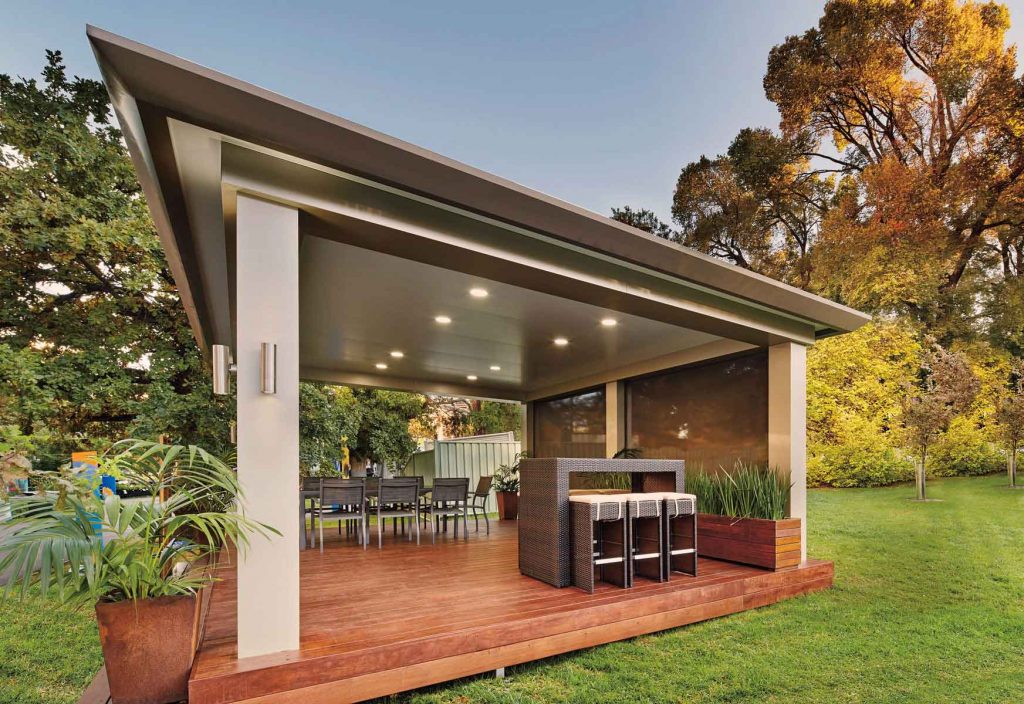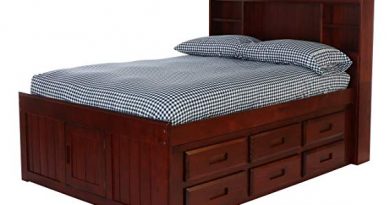Which Type of Pergola Should You Use in Your Garden?
As children, we were taught that the sun is essential to life, and plants, in particular, need to be placed under the sun to thrive. As we grew older, however, we became more aware that not all plants prefer direct exposure to the sun—some even wither and die if not placed under the shade. As an avid gardener, how can you accommodate outdoor plants that are sensitive to the sun? And as a property owner, how can adding a shade improve the appearance of your garden and the value of your home?
If you need a structure that can provide adequate shade to your garden and elevate the look and feel of your outdoor area, you can’t go wrong with a pergola. A pergola refers to an outdoor garden feature that forms a shaded walkway or sitting area. This structure has framework that can support vines and crawling plants, making it a perfect fit for a garden. Pergolas also come in all shapes and materials, and those who are shopping for one will be spoiled for choice. Here are some of the common options for pergolas in Melbourne.
Frame: Metal, timber, or plastic
The first aspect you need to decide on is the material of the frame. Metal, such as wrought iron, aluminum, or steel, is a great option for those who priorities durability and strength. Metal frames can be a tad bit expensive than timber ones, but they can weather through movement and strong winds. Timber, on the other hand, requires maintenance to retain its look and form, but it can complement a traditional home or garden. Plastic frames are a smart and practical choice, as they are inexpensive, durable, and versatile. The only downside is this: they’ll never look as good as a timber or metal frame.
Design: Flat, gabled, pitched
You can further customize the look of a pergola by choosing between flat, pitched, and gabled roof. These refer to how the roof of the structure looks like. A flat roof, as its name suggest, has a flat structure on top of the pergola, while a pitched roof is angled to allow good water flow. A gabled roof, on the other hand, has a triangular shape that gives the structure extra height.
Top: Sail top, open top, or filtered light
The top of a pergola is also easily customizable. For a more natural look, you can always plant a vine in your garden and let it crawl up on the frame. You can also opt for an open top, which has a frame but no cladding materials. It’s also an option to use materials that offer more versatility, such as weather-resistant fabric. A sail top, for example, employs a fabric that is suspended and stretched between the posts, serving as the pergola’s main roofing structure. You can also use modern materials that allow filtered light through, giving your plants just the right amount of sunlight.
The addition of a pergola to your garden or walkway will not only provide you an extra space for sun-sensitive plants, it can also make your home a more welcoming place for your family and guests. Once your new garden feature is all set, you can put comfy chairs and lounges underneath it and closely admire the beauty and life brought about by your green thumb.





I so want one of these.